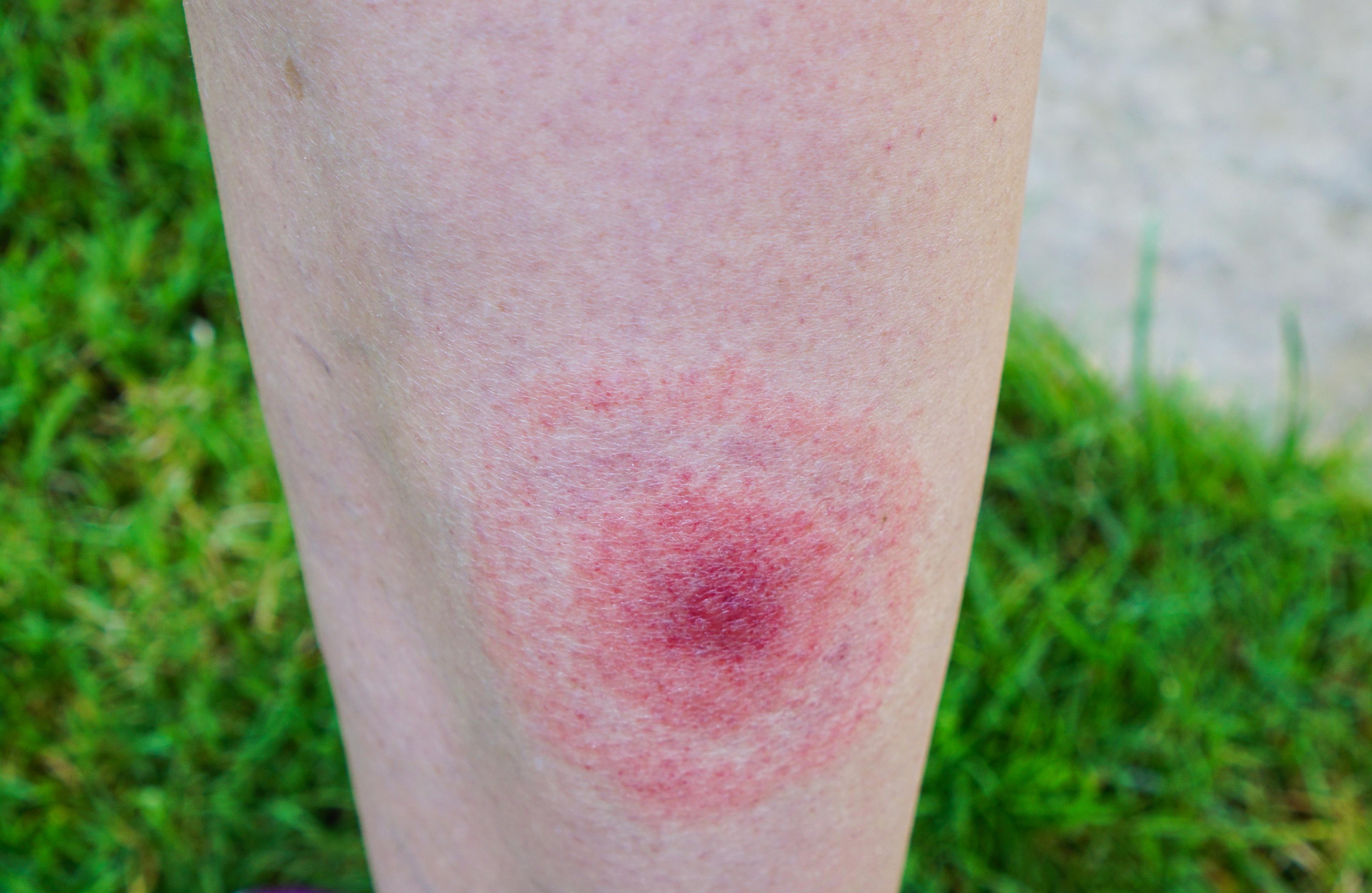Lyme Disease Cases Up 168% in Michigan Since 2020

Lindsay Knake
| 3 min read
Lindsay Knake is a brand journalist for Blue Cross B...

Key Takeaways
- Lyme disease cases in Michigan have surged 168% since 2020, with 1,215 recorded cases in 2024.
- Blacklegged ticks, which carry the bacteria that cause Lyme disease and anaplasmosis, are found in all 83 Michigan counties.
- To prevent tick bites, individuals can take precautions such as wearing permethrin-treated clothing, using EPA-approved insect repellents and performing regular tick checks.
The number of Lyme disease cases in Michigan has increased by 168% since 2020, according to the Michigan Department of Health and Human Services (MDHHS). There were 1,215 recorded cases of the tick-borne illness in 2024compared to 452 cases in 2020.
Another tick-borne illness called anaplasmosis has been on the rise, from 17 cases in 2020 to 82 cases in 2024.
Learn more about where these infected ticks are in the state, the symptoms of these illnesses and how to prevent tick bites.
Where to find ticks in Michigan
Blacklegged ticks are responsible for carrying the bacteria that cause both Lyme disease and anaplasmosis, the two most common tick-borne illnesses in the state.
The majority of counties in Michigan had confirmed Lyme disease cases last year, per MDHHS data. Infected ticks have been confirmed across Southeast, Southwest and West Michigan and the Upper Peninsula. Northern Michigan counties along the Great Lakes also have recorded Lyme cases, while counties in the middle of the state are less likely to have confirmed cases of the disease.
However, blacklegged ticks are found in all 83 counties, and infected ticks are spreading.
Blacklegged ticks are active at 40 degrees Fahrenheit and warmer, and most cases of tick-borne illnesses are in the summer months. They are generally found in wooded and brushy areas or in long grasses.
Lyme disease
The most common tick-borne illness, Lyme disease is caused by bacterium called Borrelia burgdorferi. This illness can cause serious health problems in the joints, heart and nerves if not treated promptly, according to the MDHHS.
Early symptoms of Lyme disease include:
- Erythema migrans (EM) rash at the site of the bite, often shaped like a bullseye
- Fever and chills
- Headache
- Fatigue
- Muscle and joint aches
The signature bulls-eye rash is in up to 80% of Lyme disease cases and can appear three to 30 days after the bite.
Without prompt treatment, Lyme symptoms include facial palsy or drooping on one or both sides of the face, heart palpitations and episodes of dizziness or shortness of breath.
Anaplasmosis
Anaplasmosis, which is caused by bacterium Anaplasma phagocytophilum, is the second most common tick-borne disease in the state, according to the MDHHS. The bacterium infects white blood cells, and can cause difficulty breathing, neurological problems and kidney failure without immediate treatment. In rare cases, anaplasmosis can be fatal.
Symptoms, which typically appear within a week of transmission, include:
- Fever
- Headache
- Muscle pain
- Nausea
- Chills
How to prevent tick bites
While both Lyme disease and anaplasmosis are treatable, prevention is best. If you spend time outdoors or have a pet:
- Wear long-sleeved shirts and pants treated with permethrin.
- Use Environmental Protection Agency-approved insect-repellants on your skin.
- Perform regular tick checks, especially on the scalp, ears, underarms, belly button, waist, behind the knees and pelvic area.
- Shower immediately after coming inside.
- Wash clothing in hot water and dry on high heat for 60 minutes.
- Use tick prevention methods on pets and regularly check pets for ticks.
- Remove ticks with tweezers as soon as possible.
Talk to your primary care provider if you have a tick bite or show any symptoms. Antibiotic courses can treat these illnesses when caught early.
Image: Getty Images
Related:





